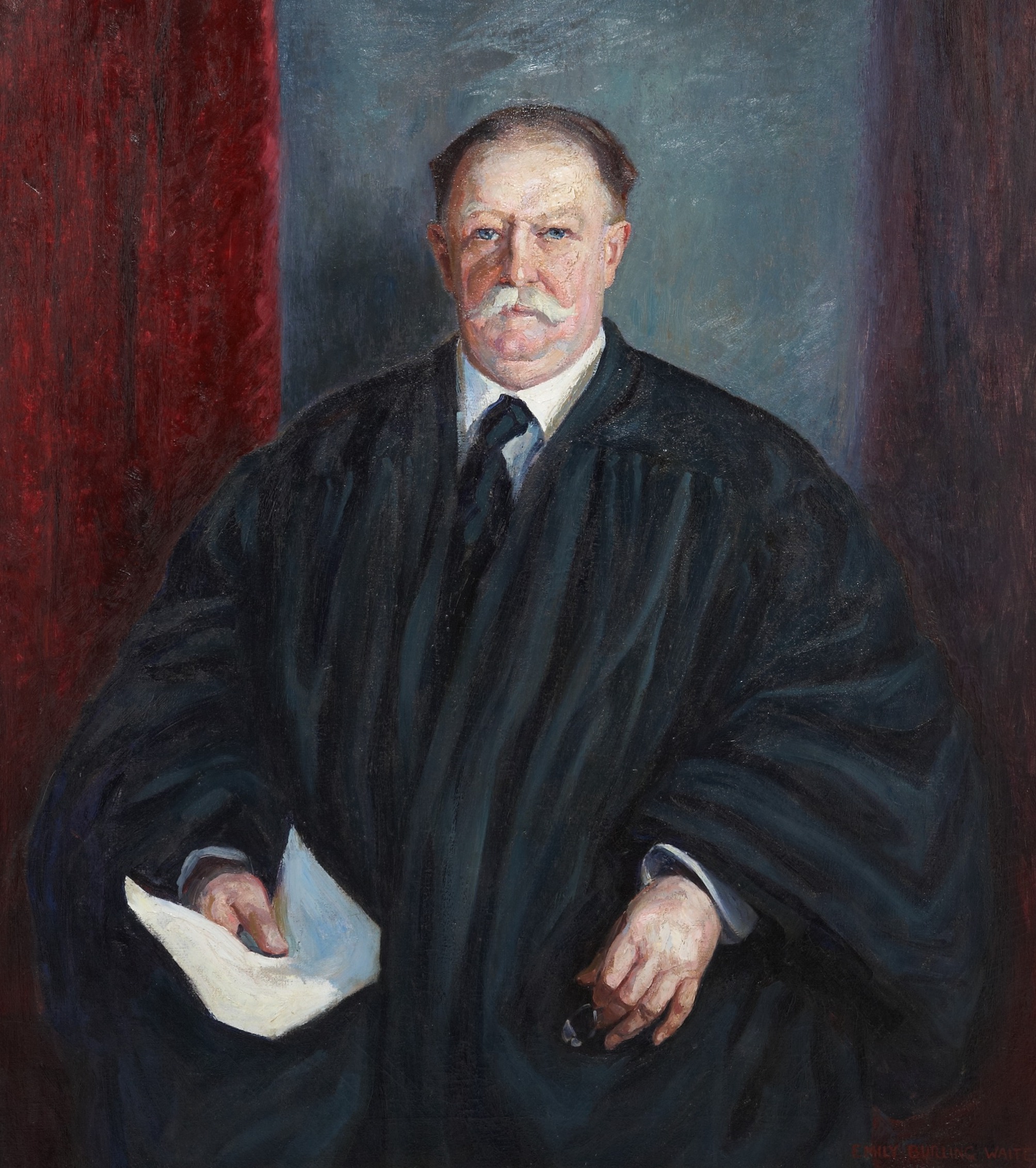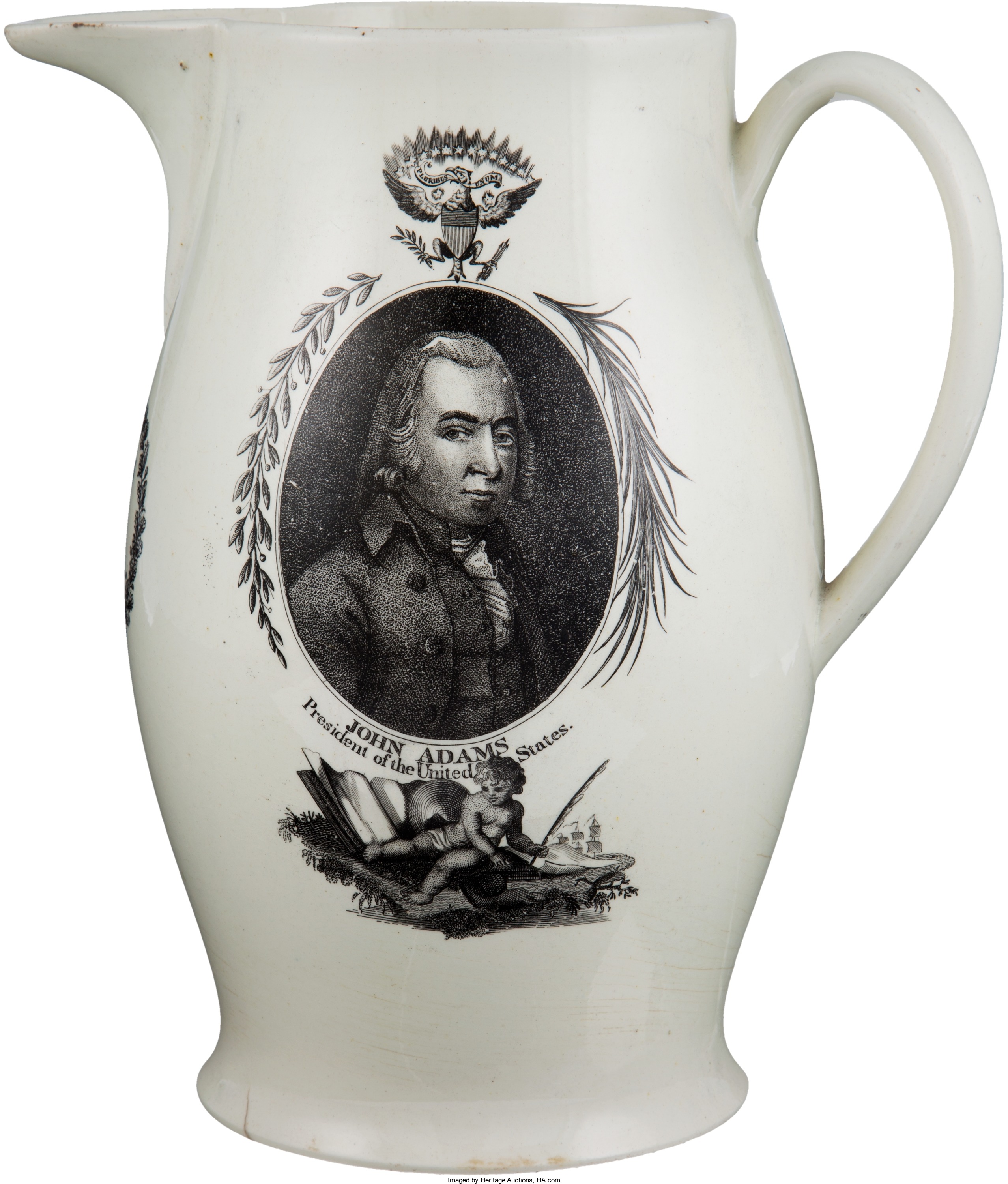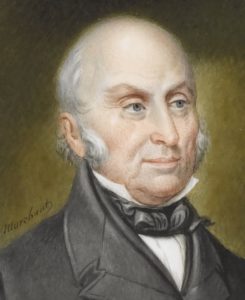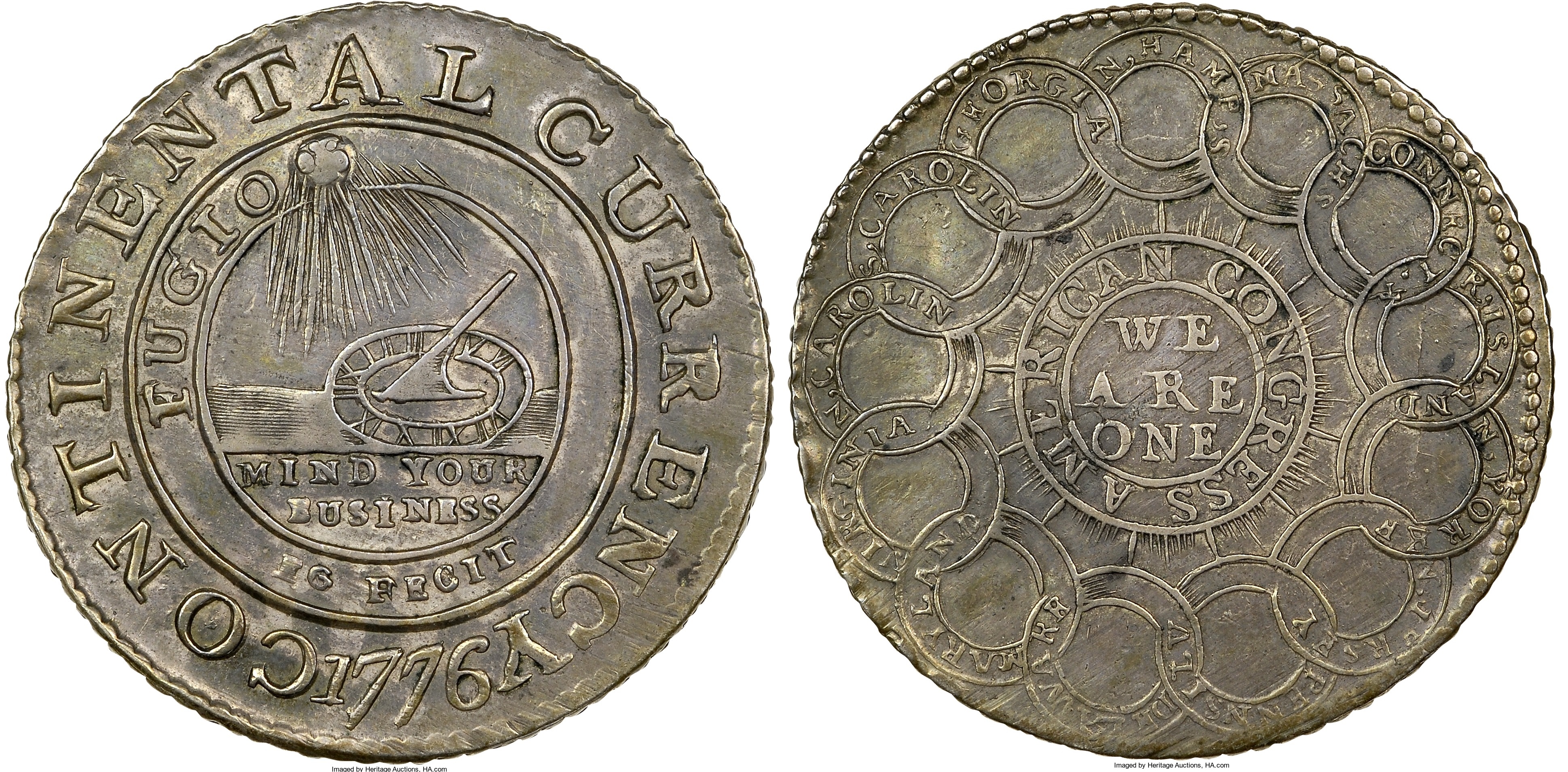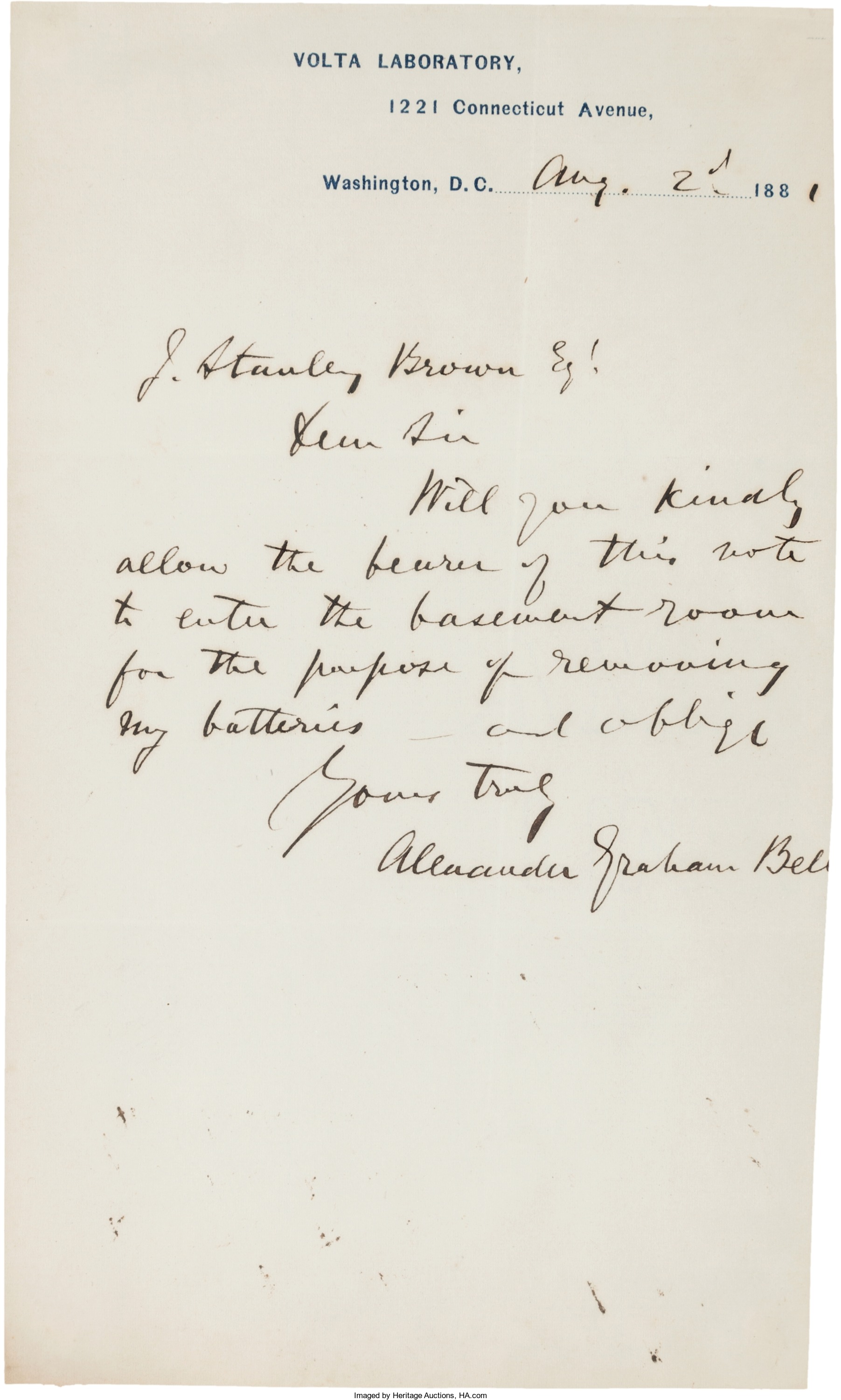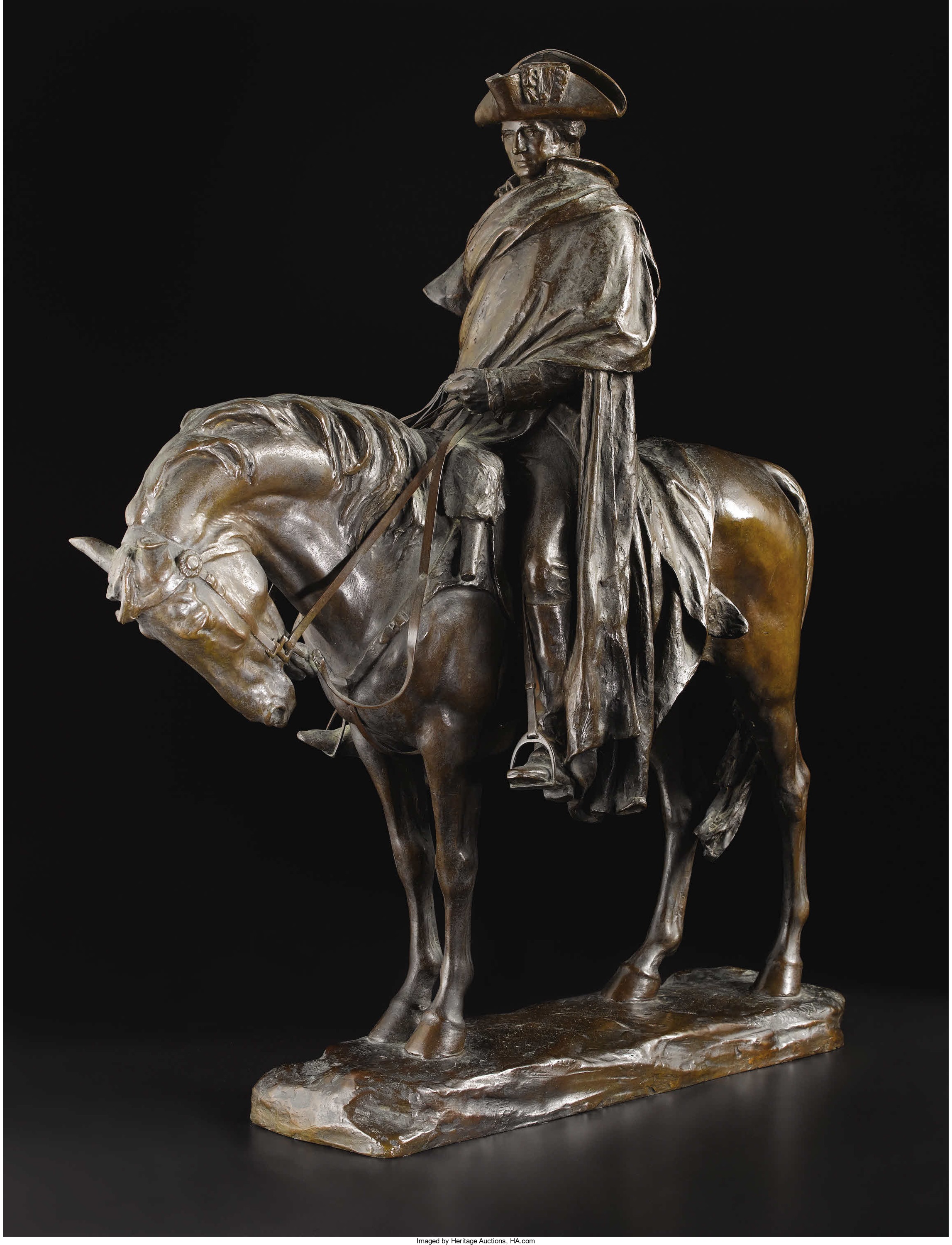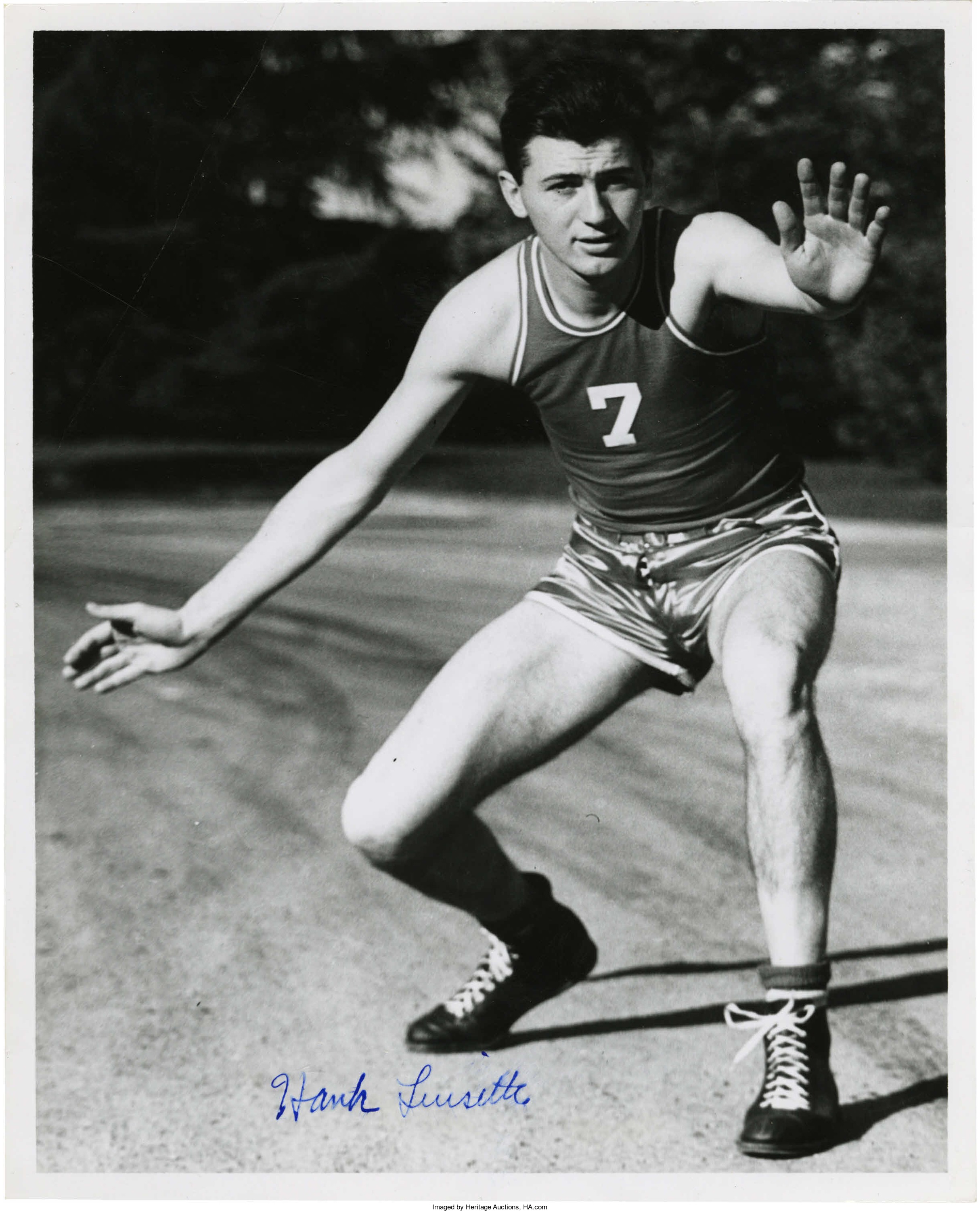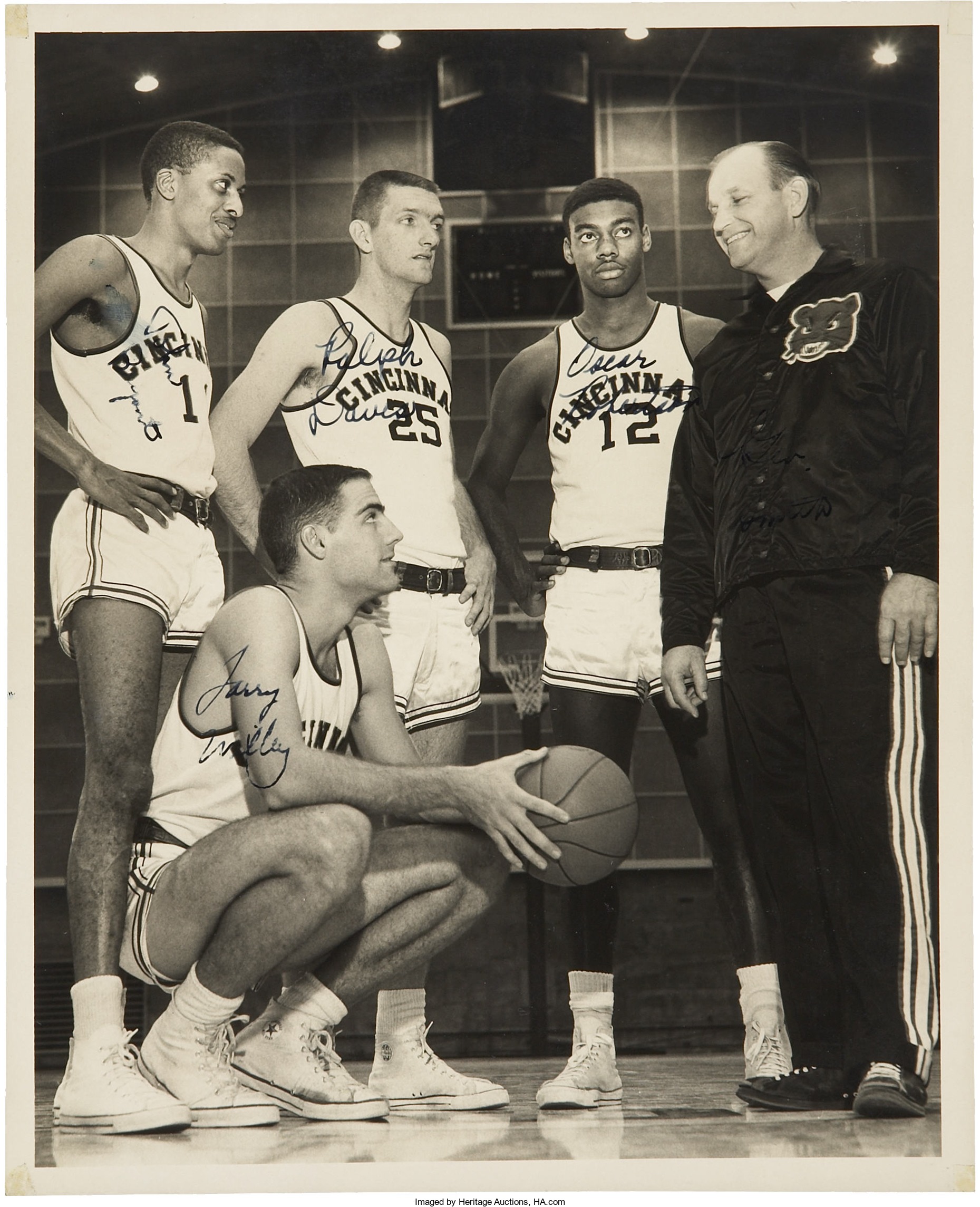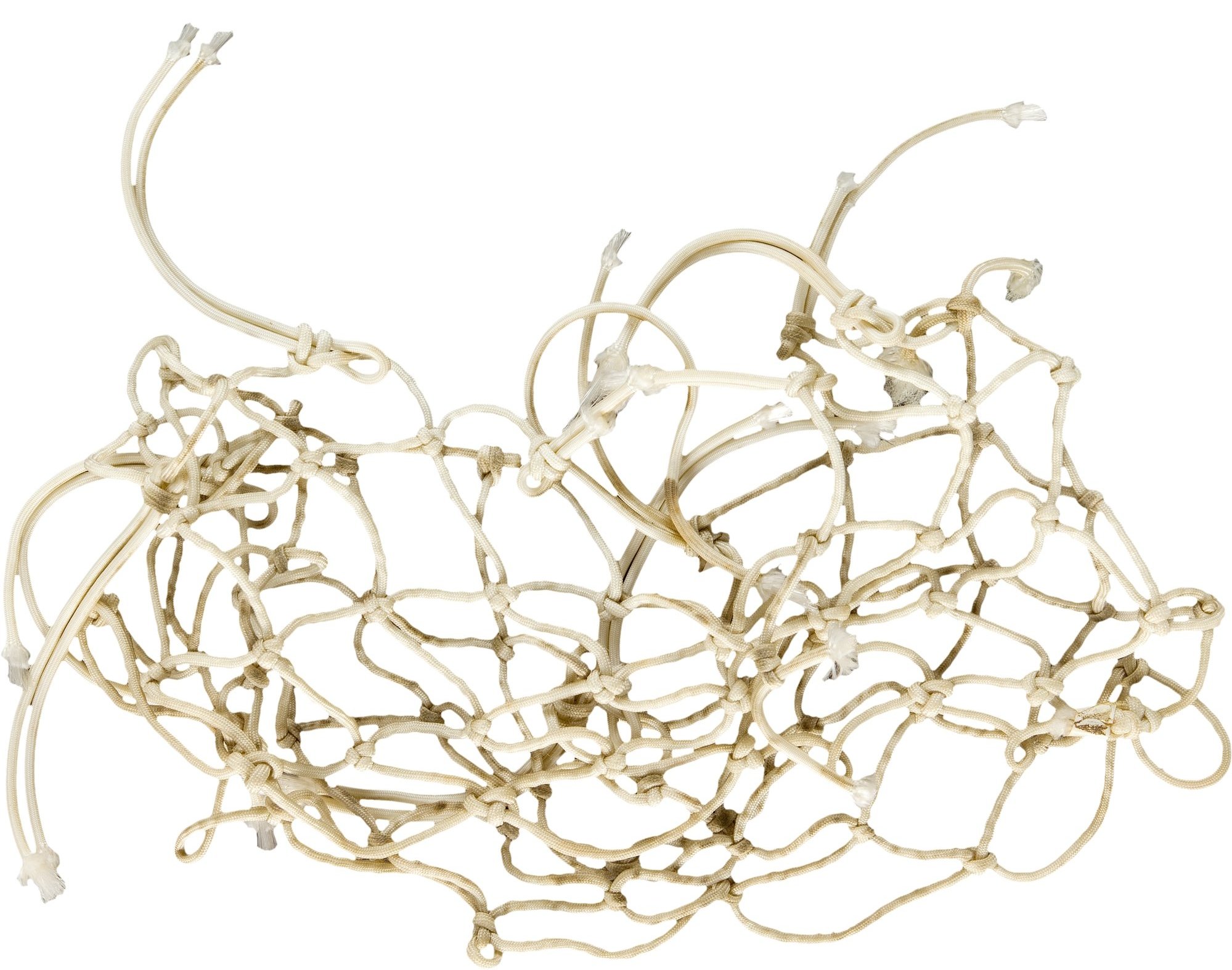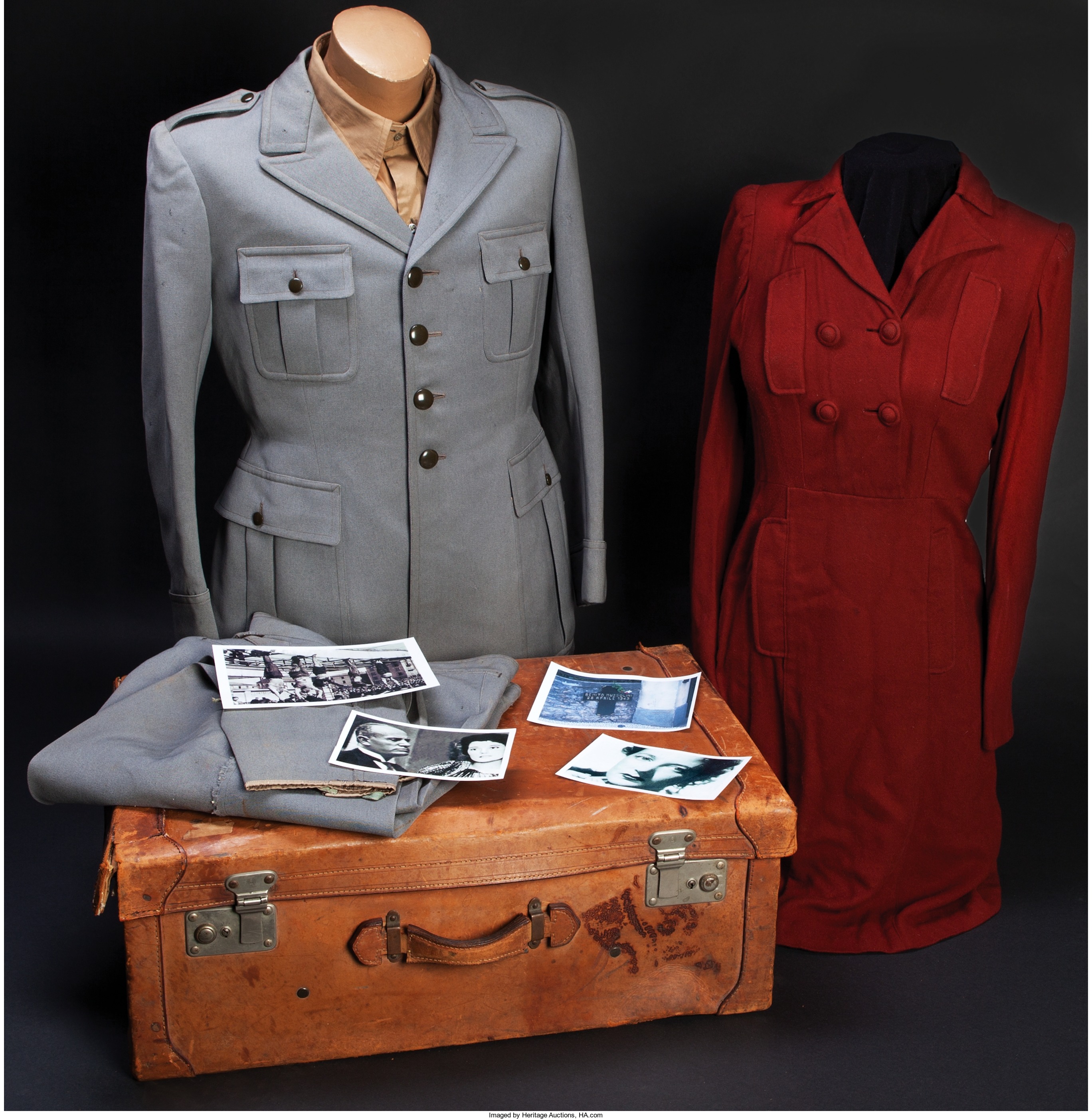
“Let us have a dagger between our teeth, a bomb in our hands, and an infinite scorn in our hearts.” – Benito Mussolini
By Jim O’Neal
Known as a man who possessed remarkable oratorical skills, Benito Mussolini often referred to himself as a “man of the people.” His father named him after Benito Juárez, the 26th president of Mexico, the most prominent 19th century Mexican leader and the only person whose birthday (March 21) is celebrated as a national holiday in that country.
Mussolini served in World War I and when he returned home, he began pushing the idea that only a dictator could lead Italy out of its economic and political problems. He was inspired by Plato’s “The Republic” – a series of writings on the role of man and government (circa 360 B.C.) that is considered a major influence on politics in most Western societies even today. As Mussolini’s ideas gained popularity, he developed support and modern Fascism was born.
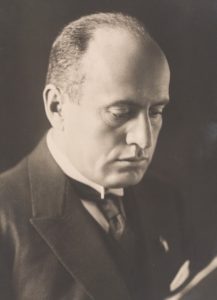
By the early 1920s, Fascist groups led by Mussolini began gaining control of the country and these Black Shirts used tactics that included terrorizing local populations and attacking government institutions. In 1922, Mussolini was named Prime Minister, the youngest in history to that time (a record that lasted until 2014). In 1925, he dropped all pretenses and declared himself Italy’s dictator and took the title of “II Duce” … the leader.
He probably understood that peace was in the country’s best interest (due to its weak economic situation) and was ill prepared for a long war, but he allied himself with Adolf Hitler and signed the Pact of Steel in 1939, thus creating the Rome-Berlin Axis. While Germany and Italy were now linked militarily and politically, Italy was definitely the junior partner.
When the war started, it went badly for Italy almost immediately and the Italian people became increasingly disenchanted with their leader. Mussolini was forced to retreat and establish a new Fascist government in Northern Italy. His one-party dictatorship became a puppet government and he was deposed by King Emanuel III when Italian communists seized control. He tried to escape to Switzerland, but was captured by resistance fighters near Lake Como (one of my favorite spots on Earth) and executed by firing squad on April 28, 1945.
His body was taken to Milan and hung upside down in a public place to prove he was dead … and Fascism along with it.
Another prime example of history’s strongmen – with remarkable verbal skills and a ruthless ambition to gain control over gullible people – dumped on the ash heap.
 Intelligent Collector blogger JIM O’NEAL is an avid collector and history buff. He is president and CEO of Frito-Lay International [retired] and earlier served as chair and CEO of PepsiCo Restaurants International [KFC Pizza Hut and Taco Bell].
Intelligent Collector blogger JIM O’NEAL is an avid collector and history buff. He is president and CEO of Frito-Lay International [retired] and earlier served as chair and CEO of PepsiCo Restaurants International [KFC Pizza Hut and Taco Bell].

